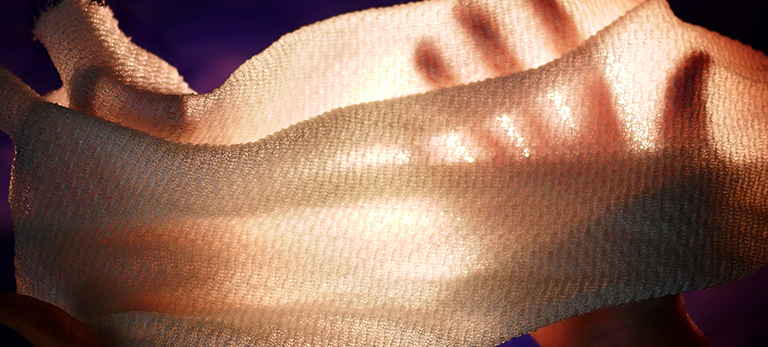A robotic textile sensitive to our body temperature? This is the revolutionary new invention in the field of wearable technology just achieved by the Design of Active Materials and Structures Lab and Wearable Technology Lab, according to a study published by Advanced Materials Technologies.

Highly modular robotic knits
At first glance, these fabrics with the potential to change how we interact with the clothes we wear every day look like simple knits. In reality, they were created using a special category of active materials, known as shape memory alloys (SMAs), which have the specific feature of changing shape when heated. “This is an important step forward in the creation of robotic textiles for on-body applications,” stated Brad Holschuh, the project lead. In partnership with NASA, researchers from the University of Minnesota studied the unique dimensions of a human leg. They then designed, manufactured and tested an SMA-based knitted garment that can precisely conform to a leg's topography. “This technology required advancements on multiple scales,” adds Julianna Abel. “At the material scale, we tuned it to respond to body temperature without added power. Structurally, we manufactured it to adapt to the complex shapes of the human body perfectly. At the system level, we created an operation that maps the mechanical performance of textiles to human anatomy. Each advancement is important, but, together, they create a functionality that didn't exist before,” explains the researcher.

A host of garment applications
In fact, these new-generation fabrics can be used to produce custom garments that can easily go from loose to tight-fitting and even bend in unique ways to conform to irregularly curved regions of the body (such as the back of the knee). The researchers would subsequently like to be able to create compression garments that are initially loose and easy to put on, while being able to shrink to tightly fit the wearer. "“This creates an exciting new opportunity to create garments that can physically transform over time, which has significant implications for medical, aerospace and commercial applications,” stated Holschuh. The next step? Integrating these textiles into full-sized garments, thereby solving a variety of clothing problems where fit and conformance to the body are important, such as compression stockings

